Review
Few cars undergo a thorough transformation from one generation to the next, but the Land Rover Defender is one that has done exactly that.
The previous Defender has, essentially, been the same since 1948 and, after 67 years in production, Land Rover could no longer keep updating the model to comply with new legislation.
A ground-up redesign saw the launch of the all-new Defender in 2020 and the result was significant departure from the old.
Changing tastes mean the SUV market is not what it once was. Pick-up trucks have grown in popularity, taking the place of the once popular Defender among commercial users, by providing a similar level of off-road capability and practicality.
Meanwhile, demand for luxurious, yet efficient, SUVs that are packed with technology have driven growth in the passenger car segment.
In its second generation, the Defender bridges the gap between the stripped-out rugged off-roader of the past and the high-tech luxury barge that is in demand right now.
It has a futuristic-looking design, with a host of retro touches weaved into its smart new look.
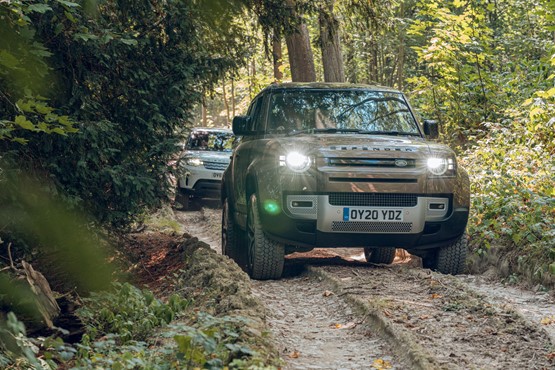
It’s available in three-door ‘90’ or five-door ‘110’, along with a long-wheelbase '130' - each offered with a range of petrol and diesel engines, as well as a plug-in hybrid.
The range starts with stripped out commercial versions priced from £40,254 (excl VAT). Passenger car models cost upwards of £58,635 and, with an almost endless range of options and configurations, prices can easily end up beyond £100,000.
The Defender can now be kitted out with just about every gadget and feature from across the Land Rover range. This can include ventilated seats, high-end audio systems, matrix LED headlights and adaptive cruise control.
Fabric seats and steel wheels come fitted to base models, but all versions are equipped with surround cameras, lane-keep assist and JLR’s latest Pivi Pro connected infotainment system.
All new Defenders come with an automatic gearbox, powering all four wheels. The diesels use a silky-smooth 3.0-litre six cylinder unit, offered with 250PS or 300PS. There's also a pair of petrols with 300PS or 400PS, but its the plug-in hybrid P400e that will appeal most to company car drivers. Using a 2.0-litre turbocharged four-cylinder and electric motor, it develps 400PS and has a 27-mile electric range courtesy of its 19.2kWh battery. The powertrain is well-suited to the Defender and provides potent acceleration, a beefy engine note and reasonable fuel consumption. During our test we saw around 40mpg from the P400e, using a combination of the engine and zero-emission range.
The other powertrains aren’t very benefit-in-kind (BIK) tax-friendly, emitting upwards of 238g/km.
Whichever Defender you opt for, they are massive. At more than five metres long, the 130 can accommodate up to eight, while the 110 can be optioned with an third row of seats.
In a nod to early Land Rovers, the dash is modelled around a central shelf. The 10-inch ‘Pivi Pro’ infotainment screen is central and can be joined by an optional digital instrument cluster.
All the controls are confined to a small panel, which also incorporates the gear selector. Accessing the off-road settings is done using the dual function climate control knobs. We’d rather see independent controls for these features, but it’s likely many drivers will never delve into them.
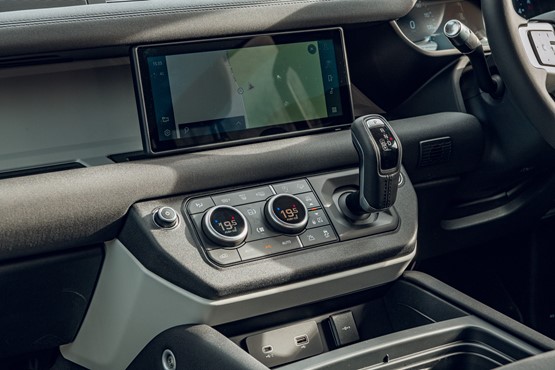
Talking of off-road, the Defender has been designed to offer maximum capability. Optional air suspension allows the ride height to be increased, while the Terrain Response system can adapt to the conditions to provide optimal traction. Buyers can even specify off-road tyres.
It’s on-road that the biggest changes are apparent, however. The Defender will happily sit at 70mph and allow its occupants to talk. Refinement levels aren't quite up to Range Rover standards, but you'd be hard-pressed to find fault with the Defenders manners at high speed.
As Range Rover and Discovery models become more luxurious and on-road focused, the Defender remains the most true to Land Rover's heritage and manages to do it with no real drawbacks.
Die-hard Land Rover fans may see the new model as just another ‘Chelsea tractor’, but Land Rover has been clever in developing the model to have greater appeal. The old Defender only amassed sales of around 20,000 units globally towards the end of its life, while the new one accounts for about 20% of all Land Rover's sales in the UK alone. The desirability of this new model, combined with its greater refinement and technology, makes it a fine choice for both commercial and company car fleets.
Matt has been an automotive journalist for nine years and has driven just about every new car and van that's on sale. As content editor - vehicles he is responsible for the automotive content on Fleet News and also contributes to Automotive Management. Prior to this, Matt worked in the automotive industry for 10 years.



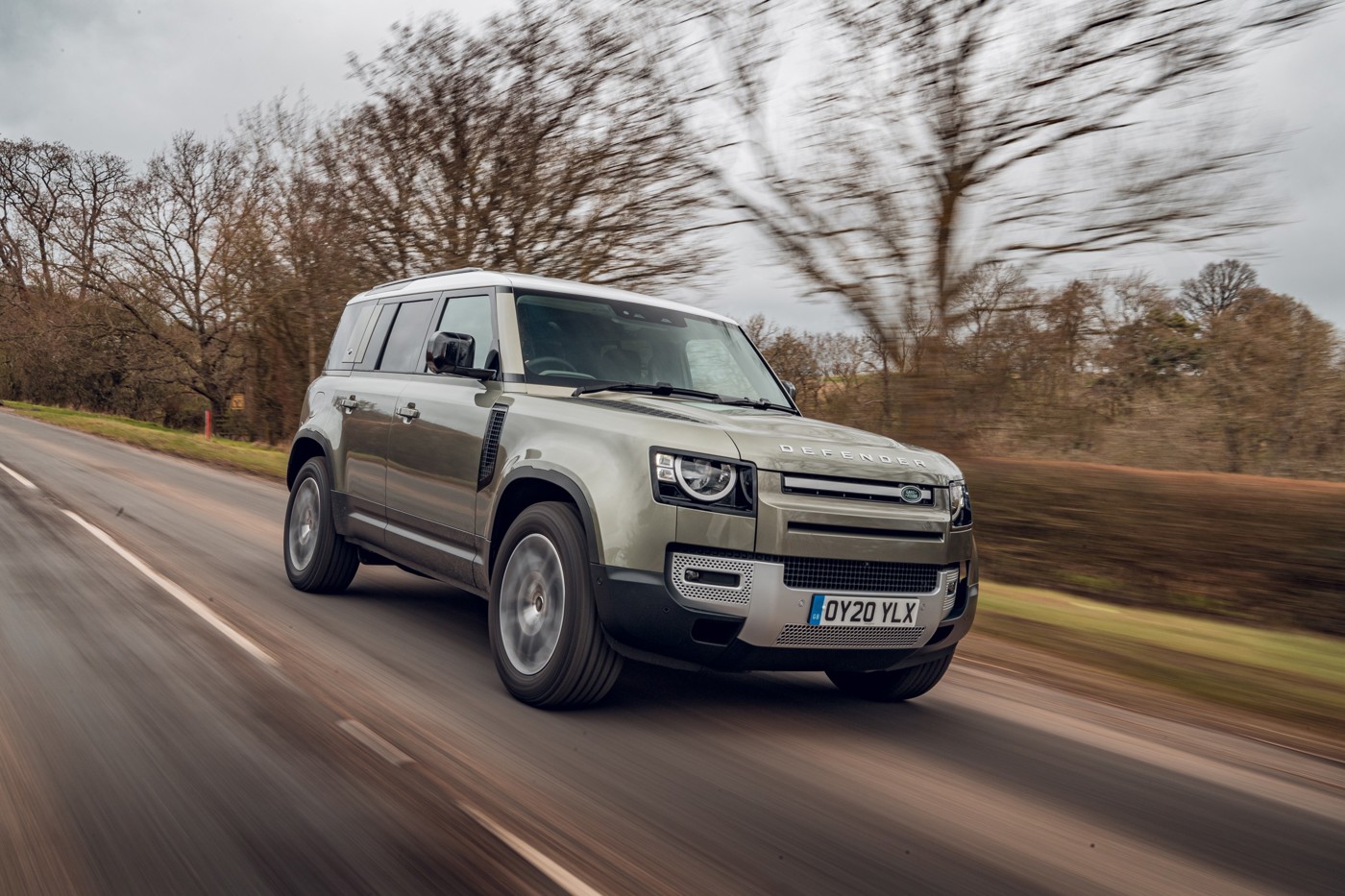
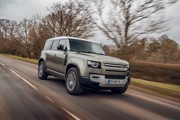






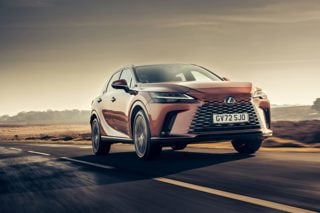

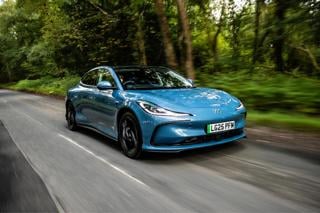
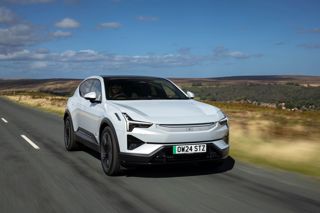

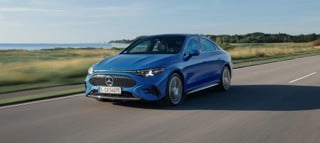
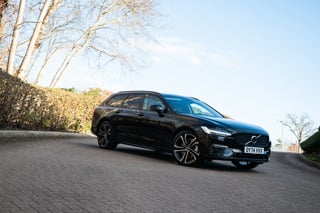












Login to comment
Comments
No comments have been made yet.